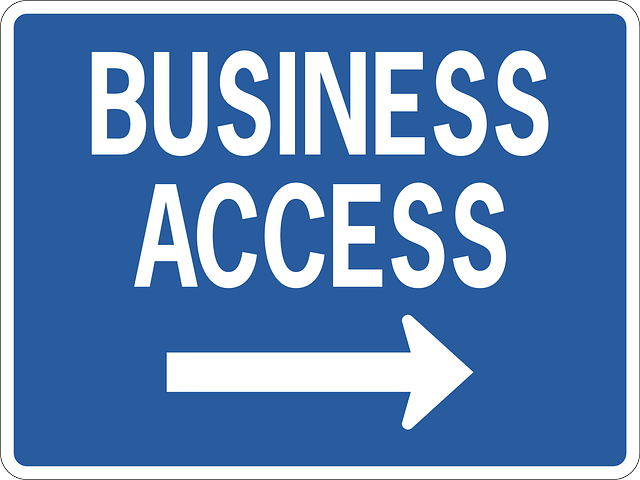Starting a business often requires significant upfront investments, but equipment financing is a strategic tool that helps young enterprises acquire essential assets without compromising capital preservation. By leveraging flexible leases and tax benefits, startups can maintain agility, free up funds for crucial areas like R&D and talent acquisition, and focus on core competencies while minimizing cash outflow. Understanding various financing options—from traditional bank loans to alternative methods like leasing, vendor financing, and crowdfunding—enables startups to secure essential machinery and technology, fostering robust growth and managing financial resources effectively. Effective strategies, including lease-to-own models and exploring government grants, help startups overcome initial hurdles, secure necessary tools, and thrive in their markets while prioritizing capital preservation.
“In today’s competitive startup landscape, robust operations require strategic equipment financing. This comprehensive guide explores how startups can leverage equipment financing as a powerful tool for growth and stability. We delve into the ‘why’ and ‘what’ of this financial strategy, highlighting its role in capital preservation—a crucial aspect for navigating uncertainties. From understanding various financing options to implementing effective strategies, this article equips entrepreneurs with insights to fuel their startup’s success through prudent equipment investment.”
- Understanding Equipment Financing for Startups: The Why and What
- Capital Preservation: Securing Financial Stability Through Equipment Financing
- Navigating the Landscape: Types of Equipment Financing Options for Startups
- Strategies for Effective Equipment Financing to Fuel Robust Startup Operations
Understanding Equipment Financing for Startups: The Why and What

Starting a business often requires significant upfront investments, especially for startups looking to establish robust operations from the get-go. Equipment financing is a powerful tool that can help bridge this gap and ensure young enterprises have access to essential assets without compromising capital preservation. It’s not just about securing funds; it’s a strategic move to acquire necessary equipment, such as machinery, vehicles, or technology, that will drive business growth and productivity.
This financing option allows entrepreneurs to separate the cost of equipment from their overall financial obligations, providing much-needed flexibility. By understanding equipment financing, startups can make informed decisions about their operational investments, ensuring they have the resources to keep pace with industry demands while maintaining a healthy cash flow and preserving capital for future opportunities.
Capital Preservation: Securing Financial Stability Through Equipment Financing

For startups, preserving capital is paramount for financial stability and growth. Traditional loan options often come with hefty interest rates and strict repayment terms, diverting precious funds away from core business activities. Equipment financing offers a strategic alternative by allowing businesses to obtain necessary equipment while minimizing capital expenditure. Instead of tying up cash flow in large upfront purchases, startups can lease or finance equipment, effectively preserving their working capital for other critical areas like research & development, hiring talent, and market expansion.
This approach not only preserves capital but also provides flexibility. Leases typically offer options to upgrade or return equipment after a certain period, aligning with the dynamic nature of startup operations. Moreover, many financing plans come with tax benefits, further enhancing the financial stability of young enterprises. By securing their operations through strategic equipment financing, startups can focus on what they do best—innovating and driving growth without the burden of significant upfront costs.
Navigating the Landscape: Types of Equipment Financing Options for Startups

Navigating the complex world of startup funding can be a challenge, especially when it comes to securing equipment financing. Startups often require specialized machinery or technology to kickstart their operations, but acquiring these assets can strain financial resources. Fortunately, various equipment financing options are available to bridge this gap and support robust startup growth.
These solutions range from traditional loans offered by banks to alternative funding methods like leasing, vendor financing, and crowdfunding. Bank loans provide a more conservative approach, offering long-term repayment plans and stable interest rates, which can be beneficial for startups aiming for capital preservation. Conversely, leasing allows businesses to use equipment without owning it, distributing costs over time and providing flexibility. Vendor financing, often offered by equipment manufacturers, combines the purchase of goods with financing, while crowdfunding platforms tap into a community of investors eager to back innovative ventures. Each method presents unique advantages, catering to different startup needs and strategic goals.
Strategies for Effective Equipment Financing to Fuel Robust Startup Operations

Strategies for effective equipment financing play a pivotal role in fueling robust startup operations. Startups often require specialized, often costly, equipment to kickstart their production or service delivery processes. Accessing the right financing options can significantly enhance their ability to focus on innovation and growth rather than capital preservation. One strategic approach involves leveraging lease-to-own models, which not only provide immediate access to equipment but also offer flexibility in terms of future purchasing decisions. This strategy allows startups to spread out costs over time while maintaining manageable cash flow.
Additionally, exploring government grants and incentives tailored for acquisition of essential business equipment can be a game-changer. These financial support mechanisms are designed to encourage entrepreneurship and job creation, making them an attractive avenue for startups seeking both capital and validation. By combining these strategies with meticulous financial planning, startups can navigate the initial hurdles more smoothly, ensuring they have the tools they need to thrive in their respective markets.














